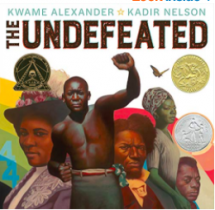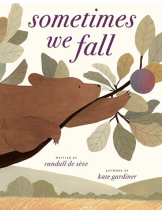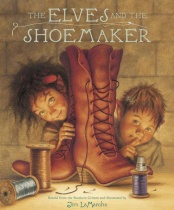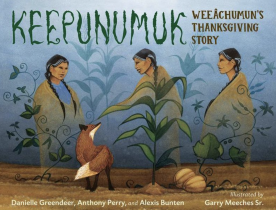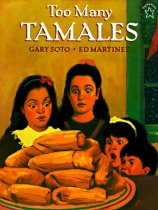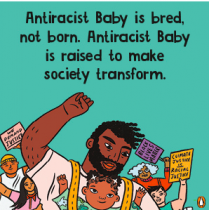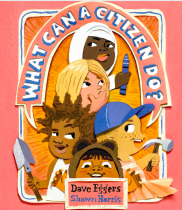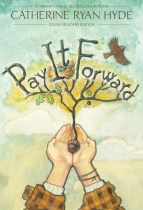The Speech and Language room was probably one of the most colorful, exciting rooms that I have been to in this particular building. Mrs. Hudson had various charts on the wall to aide in students learning. One of the charts hanging in the back cupboard was the “part of speech” chart. She also had posters with different speech and language skills listed such as fluency, using voices correctly, language skills and using sounds correctly. One of the posters that were hanging on the chalkboard that I found to be extremely creative was a chart that had a boy and the title was “my speech machine.” At the bottom of this poster it listed all the different parts of the body that aid in speech and language; brain, teeth, mouth, tongue, voice box, lips and diaphragm.
After looking around the classroom, Mrs. Hudson and I headed down to the life skills classroom. She travels down to the life skills classroom around 2 or 3 times a week to work with students individually on different skills. When I first arrived, the students were listening to the teacher as she read to them Goldilocks and the Three Bears. The teacher had three bear figurines to use when she was telling the story. Today, Mrs. Hudson was working with one of the students on how to tell the difference between a boy and a girl. One of the other speech and hearing teachers was there to use sign language as a scaffold in teaching this concept. The teacher had two figurines (one was a boy and one was a girl). Mrs. Hudson also had cut out slips of paper with pictures of things that you can categorize as being a boy or a girl. For example, JayJay had to match up the tie with either the girl figurine or the boy figurine. He successfully picked the boy figurine. Mrs. Hudson continued with this activity for 15 minutes and marked down the questions he answered correctly and the questions he had missed. At the end, Mrs. Hudson started to review different verbs such as “the boy is jumping.” JayJay would then take the boy or the girl and make them jump or run or hop around the table. This was a lot of fun for him and was a great concrete activity that allowed him to visualize the verb.
After the life skills classroom, I headed back into the regular speech and language classroom. During this time, the teacher worked one-on-one with a fifth grader and together they practice the ‘TH’ sound. The teacher made sure that his tongue was in the right place and that it was tingling every time he said the ‘TH’ sound. For 10 minutes, Mrs. Hudson worked with this student and went through a list of words that start with ‘TH.’ She would say the word and the student would repeat the word back to her.
After the first session, this student worked with a program on the computer and then Mrs. Hudson worked one-on-one with another student. This particular student was reviewing vocabulary dealing with stuttering. The following words were reviewed:
- Interjection- I was some..um…popcorn
- Revision-my borther/no, my sister likes to study
- Phrase Repetition- and then, and then, and then we went to the movies.
- Whole word repetition- what what what what are we doing today.
- Hesitation- short relaxed phrase
- Bouncing- repeat beginning part of the word-only repeated once or twice.
- Sliding-we hold out a sound if its v’s and s’s
- Easy onsets- only used when word begins with a vowel sound.
This was an excellent observation and learning opportunity for me; I now have so much more knowledge on what the role of the speech pathologist is in the classroom.

